Despite the opening of his Archives, some detractors of Pius XII continue to peddle misinformation about him
By Matteo Luigi Napolitano

In Rome in the early 1900s: an image from daily life at the Fountain of the Tartarughe (Turtles) in the historic Jewish ghetto area.
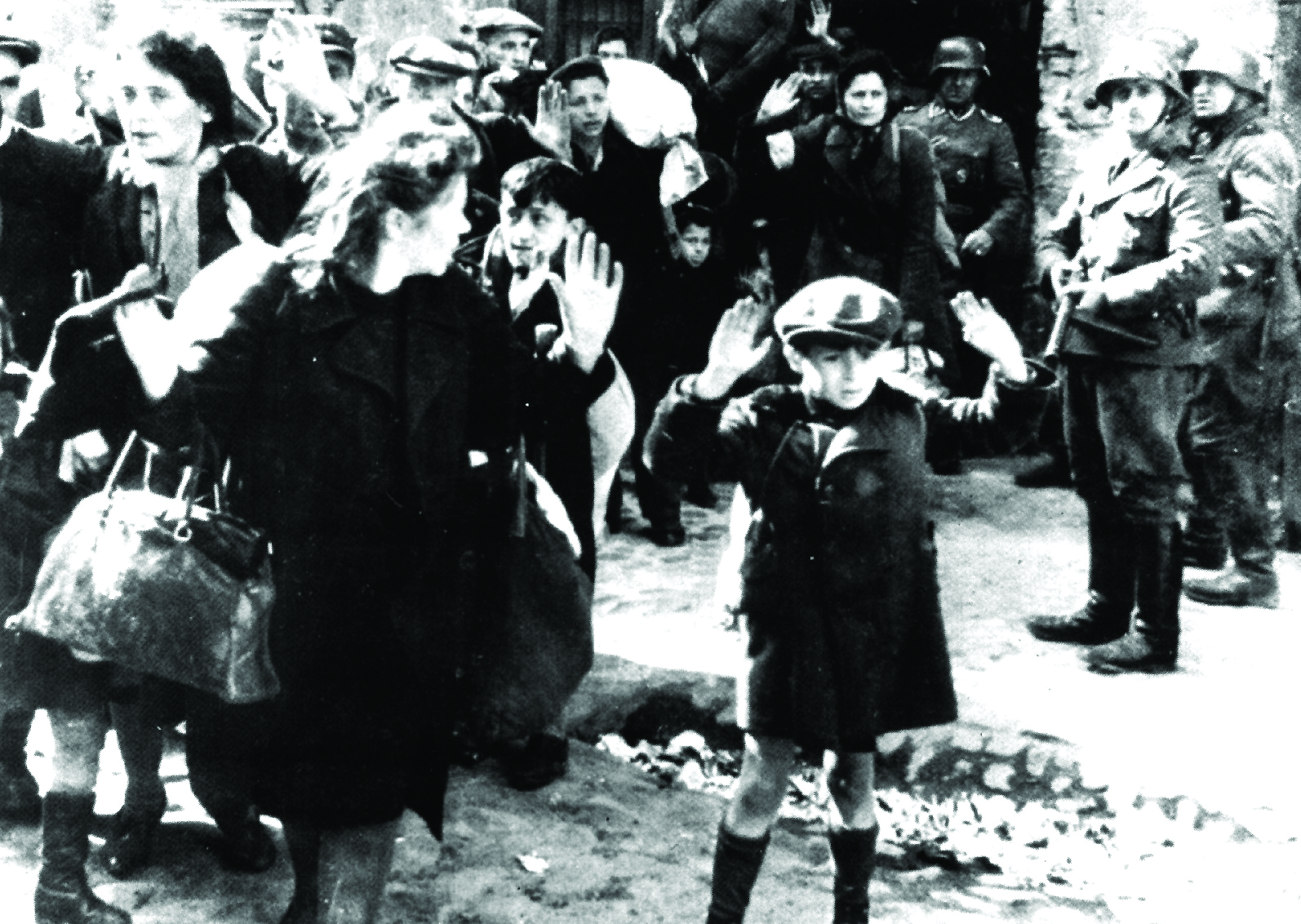
To the right, the round-up by German soldiers of the Jews in Rome on October 16, 1943
Over a year ago, scholars welcomed with satisfaction the decision of Pope Francis to open, on March 2, 2020, the archives on the pontificate of Pius XII, who governed the Church in an unrepeatable period of the twentieth century, marked by the Second World War, the Shoah and reconstruction, from new European hopes to the Cold War. Francis’ intent was the determination to open a new season of studies on the subject. But as we know, the pandemic closure nipped research in the bud after only five days, until mid-June, when the Vatican archives reopened – and then closed again for the summer. At the moment, therefore, the actual time worked by researchers on the newly available papers of Pius XII is estimated at about forty days.
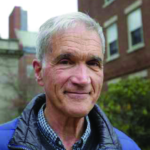
David I. Kertzer winner of the 2015 Pulitzer with The Pope and Mussolini. He surprised many when he drew conclusions after only a few days of study.
Nevertheless, some scholars presented the results of their research early: one of these, even after only five days, came before the blockade from COVID. David Kertzer has just published in The Atlantic magazine an article entitled The Pope, the Jews, and the Secrets in the Archives which anticipates a longer essay in preparation. Among the topics covered: the situation of the Jews in 1943 and the case of the Finaly brothers, the two Jewish orphans baptized by a French Catholic.
For Kertzer, the silence of Pius XII determined the sad fate of the Jews in the camps, condemning Pacelli to a damnatio memoriae in the times to come. According to the scholar, the new Vatican papers confirm the “silence” of Pius XII during the Shoah, the anti-Semitism of the Church, and “the role it played in making possible the mass extermination of European Jews perpetrated by the Nazis.” These are strong but unproven claims. If this roadmap is to prove the weary thesis of Pope Pius’s silence and anti-Semitism, why open the archives? Why engage in long and interesting years of investigation?
A second thesis of Kertzer is that the series published by the Actes et Documents du Saint-Siège rélatifs à la seconde guerre mondiale (ADSS), first gathered in 1965 after the first controversies about Pius XII, reveals the malicious omissions of the curators (the four Jesuit Fathers Pierre Blet, Robert Graham, Angelo Martini and Burkhart Schneider). Such omissions would be clear in the ninth volume, which concerns the victims of war in 1943 and, in particular, of the raid on the Ghetto of Rome.

Rome, 1994. Father Robert Graham, S.J. (wearing the white priest’s collar), one of the four scholars who published the 12 volumes of the Acts of the Holy See during World War II, speaking with other Vatican journalists (left to right): Domenico Del Rio, Dominik Morawski and Robert Moynihan.
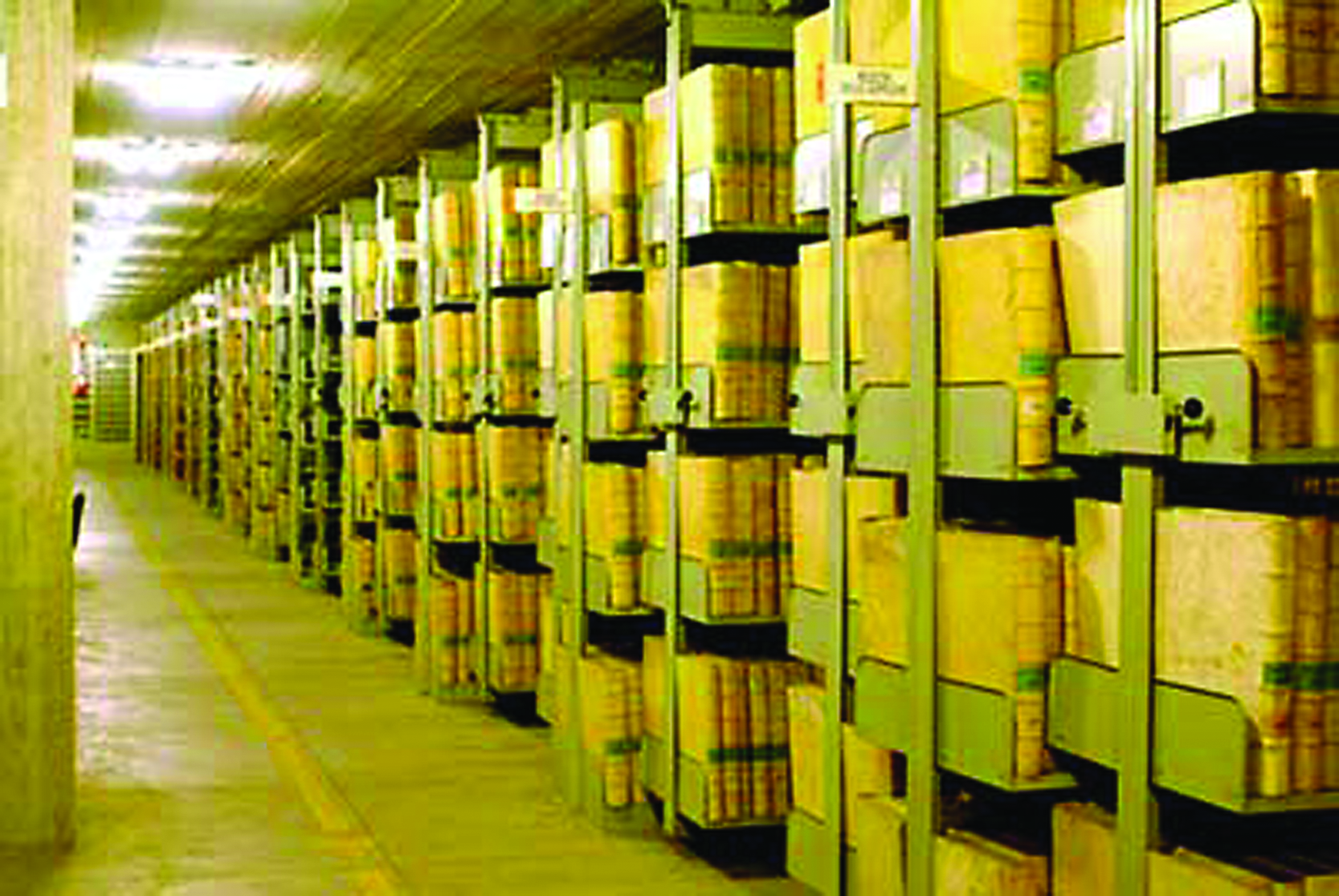
A view of the Vatican Secret Archives.
The weakness of this thesis is obvious. The ADSS saw the light in full Vatican “archival chaos,” to respond to the first controversies about the “silence” of Pius XII. The curators had to give the scholars “the other bell” of the story of Pius XII. The situation of 1965 is therefore not even remotely comparable to that of 2020. Today the Vatican archives allow us to find the desired papers immediately; no one would have achieved this in the 1960s. Consequently, there is no malicious intent in the Vatican collection, but only the classic limit that is encountered in archives that are not yet organized, a situation that is not rare. In Italy, for example, it was necessary to wait until the end of the eighties for the main archive of “Mussolini’s diplomacy” to be reorganized once it was discovered in a Roman noble palace.
But the decisive denial of Kertzer’s thesis comes from a very important source: the diary of one of the four ADSS curators, Father Robert Graham, which we retraced at the time in the United States. On October 20, 1973, we read: “At this moment I have the drafts of Volume VIII on humanitarian aid in 1943 [the volume which would later become the IX]. Schneider says I should now prepare the introduction, which will have to be very good, due to the nature of the documentation, of course on the Jewish question and the relief work in Rome. I said that there is the entire documentation of the letters sent to the Pope after October 16 (none of which indicated a knowledge of what was being prepared). And then there is the whole list of appeals [for] brothers arrested in the fall of 1943.” Are these very private notes by Graham compatible with the thesis according to which the ninth volume of the ADSS is full of malicious omissions?
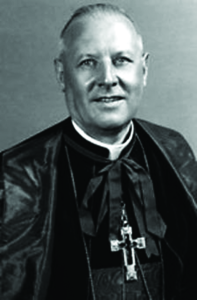
Monsignor Angelo Dell’Acqua
We now come to a corollary of Kertzer’s thesis. He claims that the Vatican always adopted anti-Semitic language in preparing its official documents. The reference is in particular to Monsignor Angelo Dell’Acqua, minutante of the Secretariat of State, then-Secretary of the Congregation for Extraordinary Ecclesiastical Affairs and, finally, Bishop and Cardinal Vicar of Rome. For Kertzer it was Dell’Acqua who persuaded the Pope not to protest against the Germans after the deportation of the Roman Jews, as instead asked by Father Tacchi Venturi, the Jesuit known for negotiating the Lateran Pacts. Kertzer cites two unpublished notes, reproduced in the appendix to his article. One dates back to mid-December 1943, by Father Tacchi Venturi; the other, by Monsignor Angelo Dell’Acqua, is dated December 20, 1943.
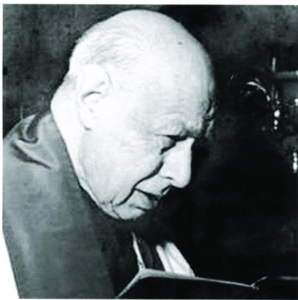
Father Tacchi Venturi
Tacchi Venturi had prepared a verbal note on the Jewish situation in Italy, which, according to him, was not as serious as in other nations, both for the limited number of Jews present in the Kingdom, and for the large number of mixed marriages. In short, there was no “real feeling of distrust of the Jews.” There was not “an Aryan milieu that was decidedly hostile to the Jewish milieu.” Many Jews had in the past reached “very high positions,” though now lost; several had been Senators; others were related to large families “of pure Aryan lineage.” Others had fought for Italy, from the Risorgimento to the march on Rome. This is why the Italians detested German practices “against Jews born in Italy and provided with Italian citizenship.” From this Tacchi Venturi observed that the Church could not remain silent “without failing in its divine mission.”
The text by Tacchi Venturi (prot. 7769/43) was given on December 19, 1943, by Secretary of State Maglione to Tardini during an audience (the acronym “EAE” in the accompanying sheet means “Ex audientia Eminentissimi”; and not “Eadem,” as Kertzer reports in the appendix). Tardini entrusted it to Dell’Acqua with the following comment: “It seems to me that in this Verbal Note, there are verbosity and out of tune notes!”
Dell’Acqua studied the document and made some remarks. “One thing is the persecution of the Jews which the Holy See rightly deplores, especially when it is carried out with certain methods; and it is quite another thing to be wary of the influence of the Jews: this can be very opportune.” It was, therefore, necessary to distinguish: distrusting the Jews did not mean keeping silent about the Nazi persecutions. Was this perhaps an anti-Semitic attitude? Dell’Acqua then wondered why he would limit himself to protesting Jews of Italian citizenship. And the foreigners, many of whom were Catholics, who had also lived in part in Italy?
Dell’Acqua then asked whether it was right to speak openly in an official note about the mistreatment inflicted on the Jews by the Germans, and their shameful ways, as Tacchi Venturi suggested. From this Kertzer draws proof of Dell’Acqua’s anti-Semitism and of the “silence of the Church.” But the truth is read immediately afterward: “I don’t think expressions of this kind can serve to achieve the purpose.” And what was the purpose, two months after October 16, 1943? To not compromise the network of aid that had been activated throughout Rome to ensure that Jews and wanted people of all kinds escaped arrest and deportation. It does not seem that Kertzer takes this into account.
Dell’Acqua also observed that on several occasions Pius XII had mentioned the “racial question” in messages and speeches. But was it appropriate to threaten a new intervention? “Won’t it achieve the opposite effect?” If we go back to the “Nazi Rome” of 1943, the meaning of this question will be better understood. The aim was ad maiora mala vitanda – avoid worse evils – two months after the “black Saturday” at the Ghetto in Rome. One word too many, and the relief network in Rome would be broken forever. We know that on the morning of October 16, 1943, Secretary of State Maglione had summoned the German ambassador Ernst von Weizsäcker, asking him to stop the raiding of the Ghetto and other districts of Rome. The ambassador warned that the order came from very high places, and asked Maglione what the Holy See would do if the raid continued. Maglione’s response was the following: “The Holy See must not be forced to protest: if the Holy See were obliged to do so, it would rely, for the consequences, on Divine Providence.”
Kertzer then forgets that the aired Vatican protest is reflected in the English archives. On October 31, 1943, in fact, the British minister in the Vatican, Osborne, wrote: “As soon as he heard of the arrests of Jews in Rome, the Cardinal Secretary of State directed and formulated a [ sort? The phrase is illegible] of protest. The Ambassador moved immediately … “
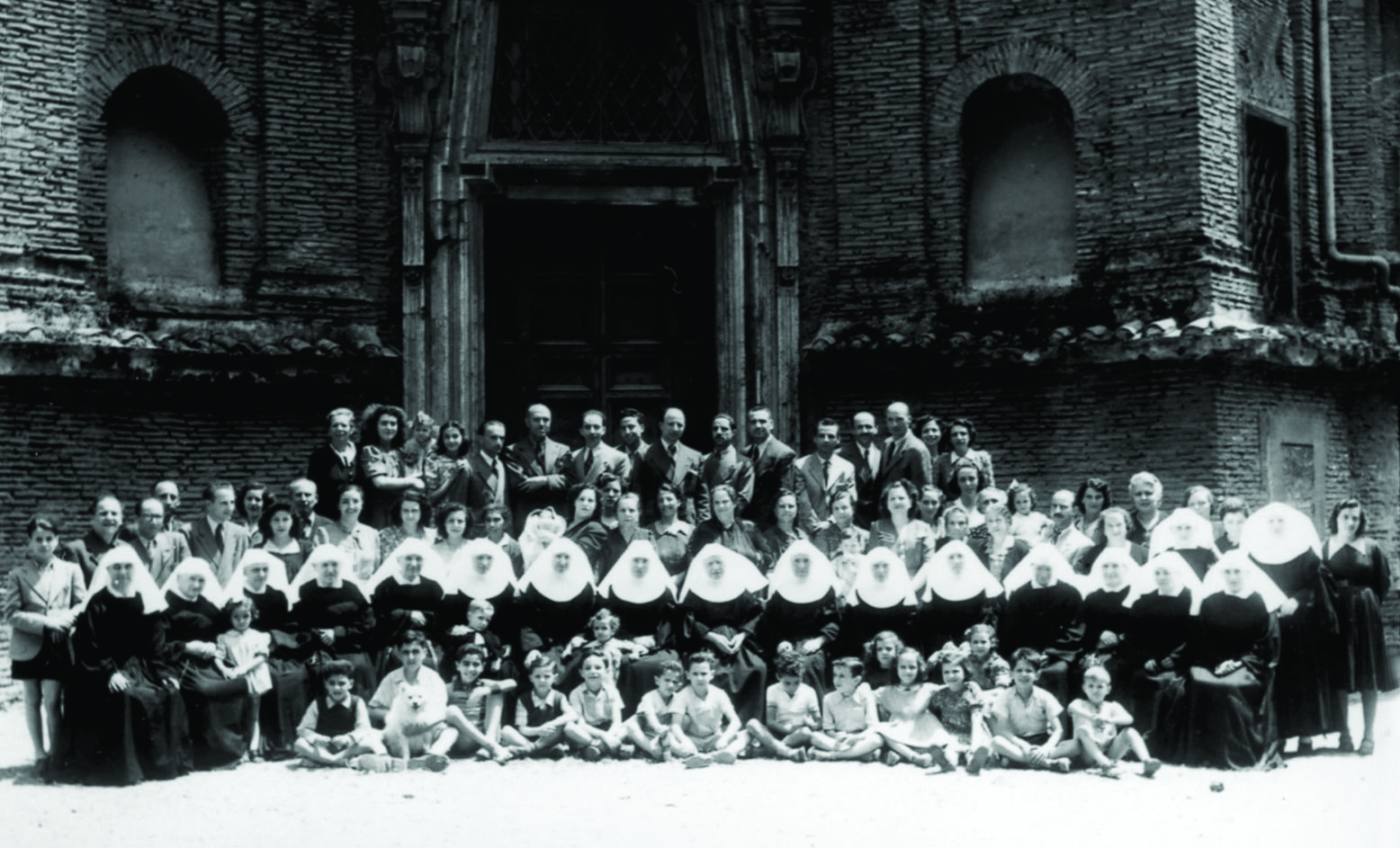 Kertzer does not even take into account the diary of the Slovakian ambassador, Karl Sidor (published by Peter Slepčan and Róbert Letz); this diary has an important page on the date of October 31, 1943. Sidor noted: “Fr. Prešeren [one of Father General Ledóchowski’s assistants for the Slavic provinces of the Society of Jesus] made known a very interesting thing. On the orders of the Holy Father, more than one hundred Jews and Italian officers are hidden in the Jesuit Generalate. Likewise, Jews with their entire families are hidden in every convent. The Holy Father provides for their nourishment. Money and food arrive from the Vatican. This is very important news. This is the way the Vatican is dealing with the Jews. The Germans know this and it cannot be ruled out that it is done with the awareness of some complacent Germans. Not only that, all of Rome knows it, and also where they are hidden. The Germans have not yet decided to attack the convents and will not even have the courage to do so. The world would rebel not so much in defense of the Jews as of the convents.”As you can see, by broadening the gaze synoptically to other archives and documents, less narrow landscapes are discovered.
Kertzer does not even take into account the diary of the Slovakian ambassador, Karl Sidor (published by Peter Slepčan and Róbert Letz); this diary has an important page on the date of October 31, 1943. Sidor noted: “Fr. Prešeren [one of Father General Ledóchowski’s assistants for the Slavic provinces of the Society of Jesus] made known a very interesting thing. On the orders of the Holy Father, more than one hundred Jews and Italian officers are hidden in the Jesuit Generalate. Likewise, Jews with their entire families are hidden in every convent. The Holy Father provides for their nourishment. Money and food arrive from the Vatican. This is very important news. This is the way the Vatican is dealing with the Jews. The Germans know this and it cannot be ruled out that it is done with the awareness of some complacent Germans. Not only that, all of Rome knows it, and also where they are hidden. The Germans have not yet decided to attack the convents and will not even have the courage to do so. The world would rebel not so much in defense of the Jews as of the convents.”As you can see, by broadening the gaze synoptically to other archives and documents, less narrow landscapes are discovered.
It should then be added that Monsignor Dell’Acqua also “rejected” Tacchi Venturi’s proposal for another reason: the Vatican had already written twice in confidence to the German ambassador to the Holy See on the “racial question.” A first letter requested information on the Jews deported from Rome; a second asked not to proceed with the arrest and confiscation of the properties of the Jews of Venezia Giulia (operational area controlled by Hitler). About these two confidential letters, Kertzer is silent; but there are ample traces of them in the aforementioned ninth volume of the ADSS. Dell’Acqua, therefore, thought it appropriate to write again to the German ambassador to the Vatican on the tragic situation of the Jews; and he suggested (as Kertzer does not mention) that some influential person be approached by Marshal Graziani (Minister of War of the Italian Social Republic), to advise Mussolini to act with caution on the Jewish question. “But we should also let the Jewish Lords know to speak a little less and to act with great prudence.”
This last sentence of Dell’Acqua is, for Kertzer, a contemptuous proof of anti-Semitism. But it is not such if we keep in mind the lines that immediately precede it. Lastly, the unpublished documentation demonstrates that Tacchi Venturi’s note never reached the Pope’s table.
On the Finaly case, that of the two orphaned Jewish brothers, baptized by Catholic guardians and taken to Spain to escape the French justice system that had assigned them to an Israeli aunt, Kertzer highlights the supposed insensitivity of the Catholic Church, whose relationship with Jews would change only with John XXIII, and later with Paul VI and Nostra Aetate.
Things are obviously much more complex if we look at the Jewish sources. We know from them that the bishop of Grenoble and the archbishop of Lyons collaborated with the judicial authority for the tracing of the Finaly brothers in Spain. A secret Jewish-Catholic agreement was then concluded on March 6, 1953. And the Jewish sources narrate that “the French clergy have already intervened with the Spanish clergy and that they are on the point of taking the children home.” From the same sources, we know of a double register of French Judaism in the Finaly Affair: the Rabbinate wanted to maintain dialogue with the Vatican, while other organizations would have moved toward a clash, to be exploited on the media level.
Such a witness as Vittorio Segre, press officer at the Israeli Embassy in Paris at the time of the events, proves that the picture is much more complex: “It is logical to assume that there was support from the Vatican for the initiative implemented by Cardinal Gerlier through Miss Ribière, former secretary of De Gaulle, charged with tracing the Finalys. The story had a very strong impact in the press.” And in this case, there was never “a conflict between the Catholic Church and the Jewish community.” In fact, says Segre, “Miss Ribière worked in complete freedom, without encountering obstacles in the hierarchies. There were difficulties, but they came from a much lower level.”
Another observation on Kertzer’s essay concerns the “newly available Vatican documents reported here for the first time.” Tacchi Venturi’s document, Kertzer knows, was partially published in the ninth volume of the ADSS. In the unpublished dossier, there is also an integral version in German – a sign that Tacchi Venturi was sure that the Vatican would approve it in whole or in part, to the point of preparing a version ready for Berlin. It is very strange that Kertzer does not inform us of this, since this document is found just one page after Dell’Acqua’s memo. And the examples could continue: from the note of Monsignor Pizzardo of January 23, 1953 (published for the first time in French in 1998, and in Italian in 2005) to the documents known for some time on the events of the Jewish children of 1945-46.
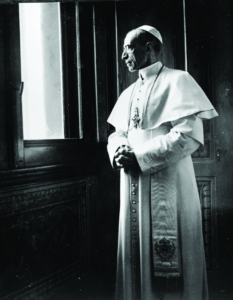
Pope Pius XII. There are many testimonies that he ordered Rome’s monasteries and convents opened to allow Jews to find refuge
But there is more. Monsignor Dell’Acqua was a close collaborator of Monsignor Roncalli [later Pope John XXIII] in Turkey for some months. After entering the Secretariat of State, he was one of Pius XII’s most faithful collaborators. Once elected, John XXIII consecrated him bishop in Saint Peter’s on December 27, 1958. Dell’Acqua would remain with Pope Roncalli, “faithful executor of his will,” assisting him in the reform of the Roman Curia. John XXIII also thwarted the attempt of the “most refractory curial circles” to remove Dell’Acqua by making him nuncio to Paris (thus Enrico Galavotti). Is it ever conceivable that the “good Pope” would have raised Dell’Acqua to the episcopal dignity if he had the slightest suspicion that he had anti-Semitic inclinations? It is ever conceivable that Paul VI, author of Nostra Aetate, would have elevated an anti-Semite to the purple on June 26, 1967, assigning him to the important function of Cardinal Vicar of Rome? These are logical discrepancies that Kertzer does not resolve. But history, like nature, does not allow for leaps.
Regarding Pius XII, we are at the dawn of a new season of studies that we hope will be long and fruitful. The efficiency with which the Vatican archives are accessible to scholars will certainly help. Think of it as a “digital democracy” now experienced in the historical archive of the Secretariat of State, where every scholar accesses all the papers on Pius XII in real-time from his terminal, thus cutting the request and waiting times for dossiers and hence optimizing his or her job. It is not just rare, but unique, and a model for other important archives in the world. If the prospects for this new season of studies are what we hope for, a new “historiographic democracy” will spring from “digital democracy” which will make the debate ever richer and more articulate.
*Matteo Luigi Napolitano is a Professor of History of International Relations at the University of Molise, Italy. His article originally appeared in Italian in L’Osservatore Romano.

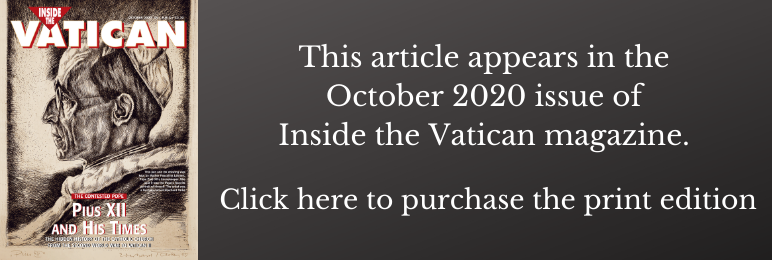
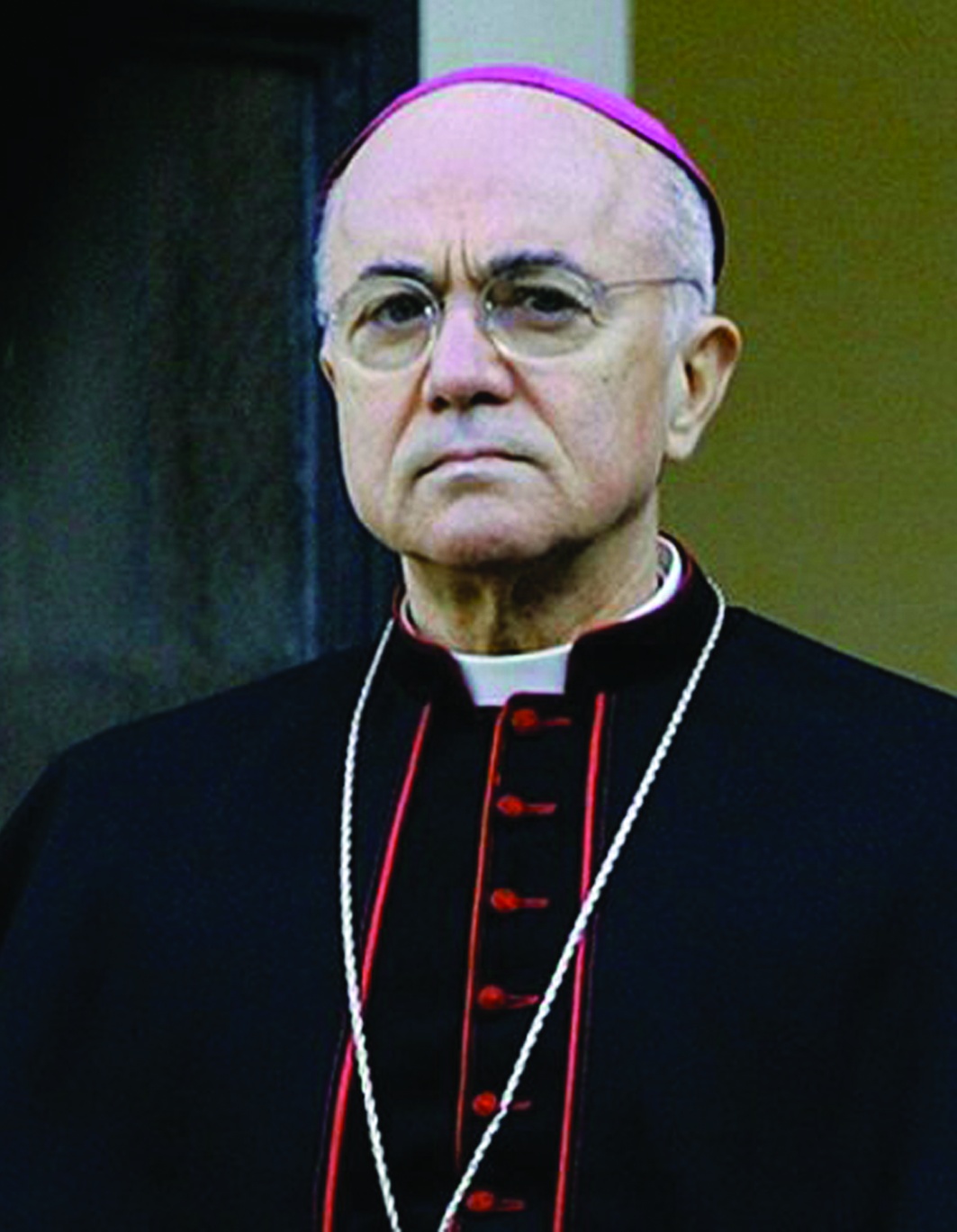
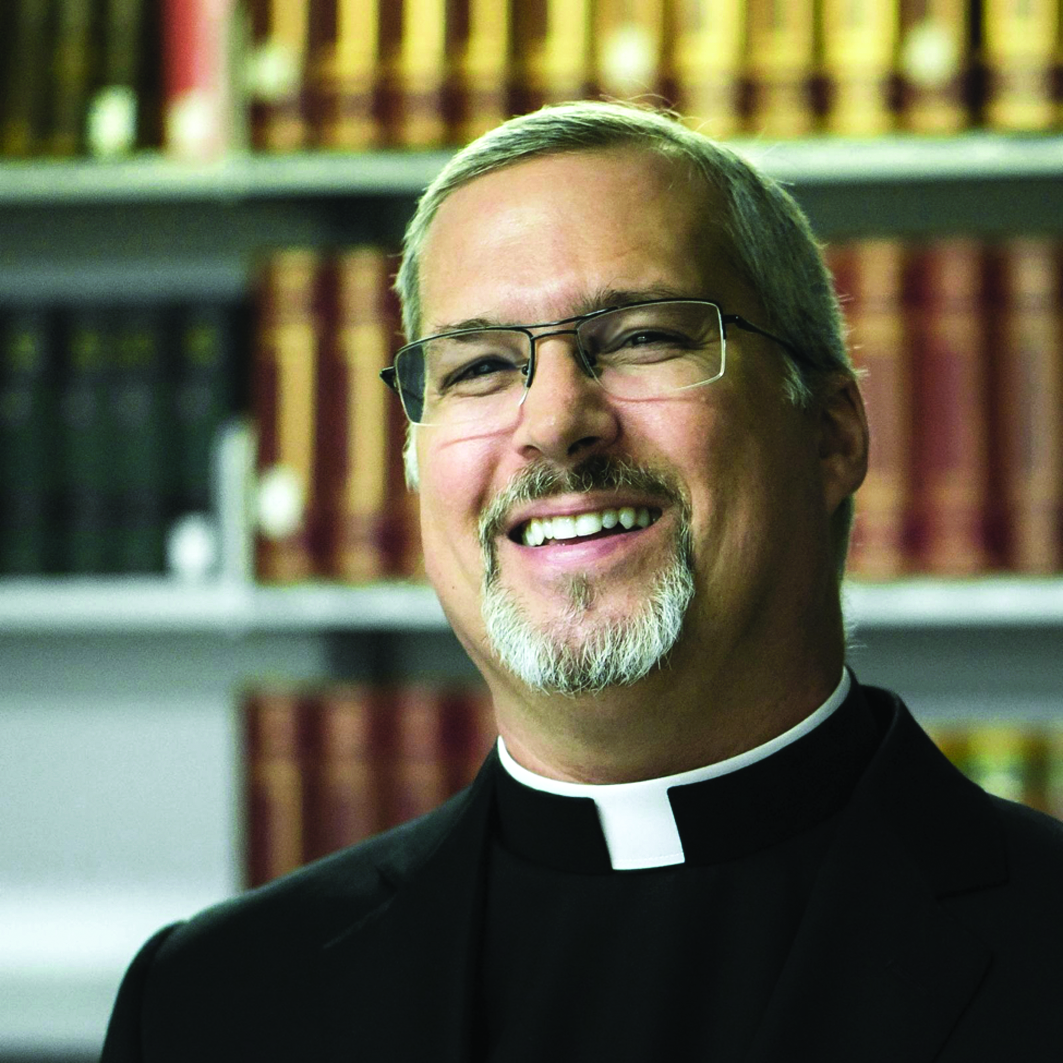

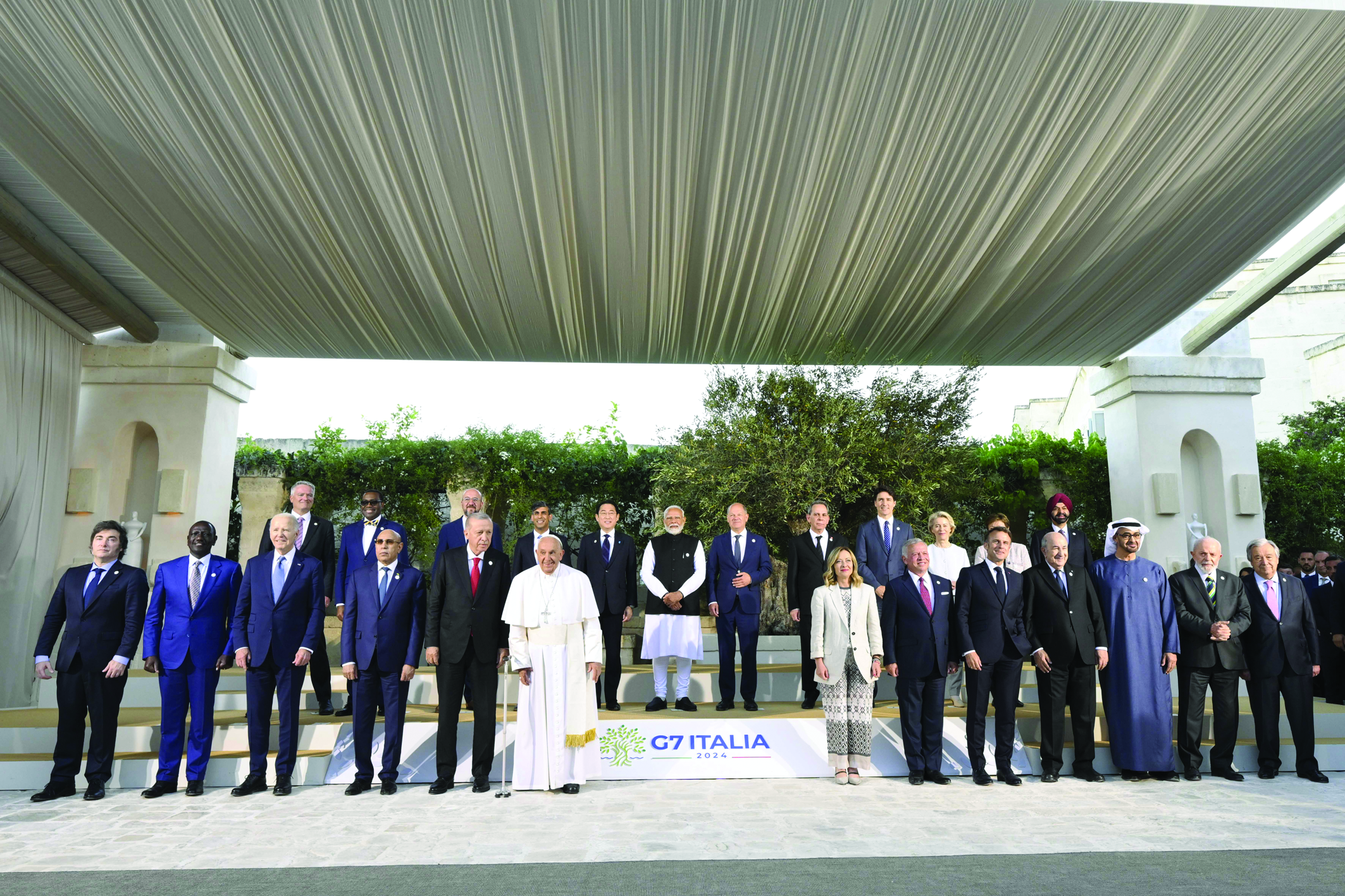
Facebook Comments